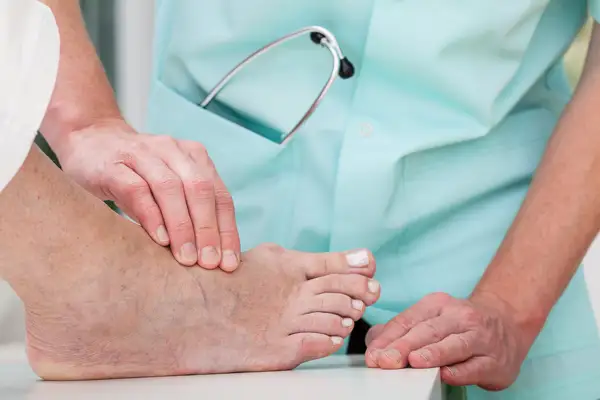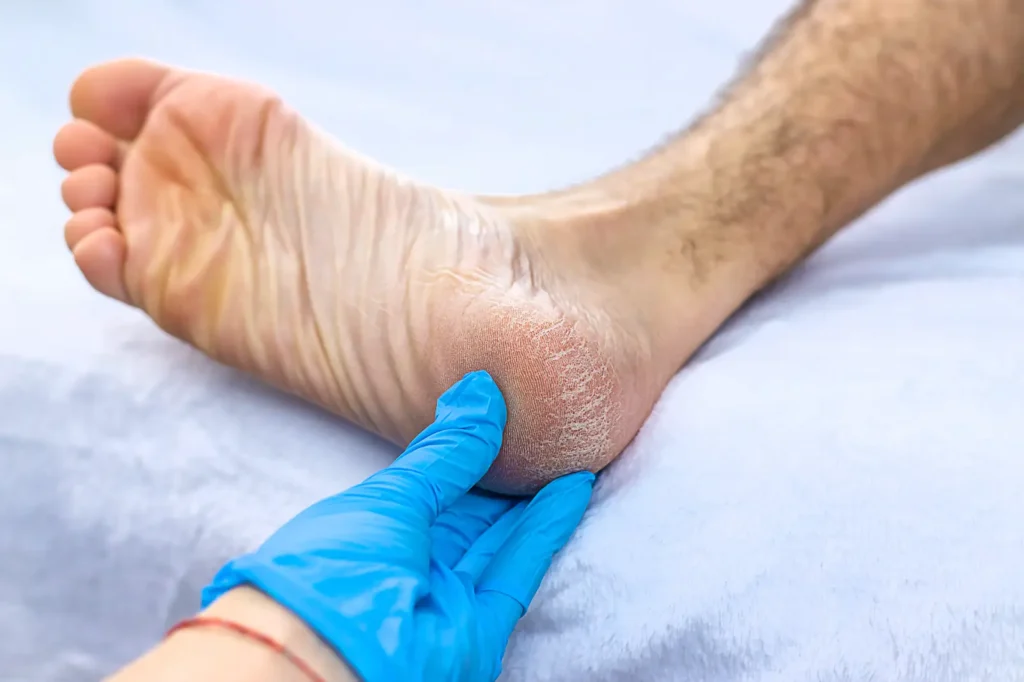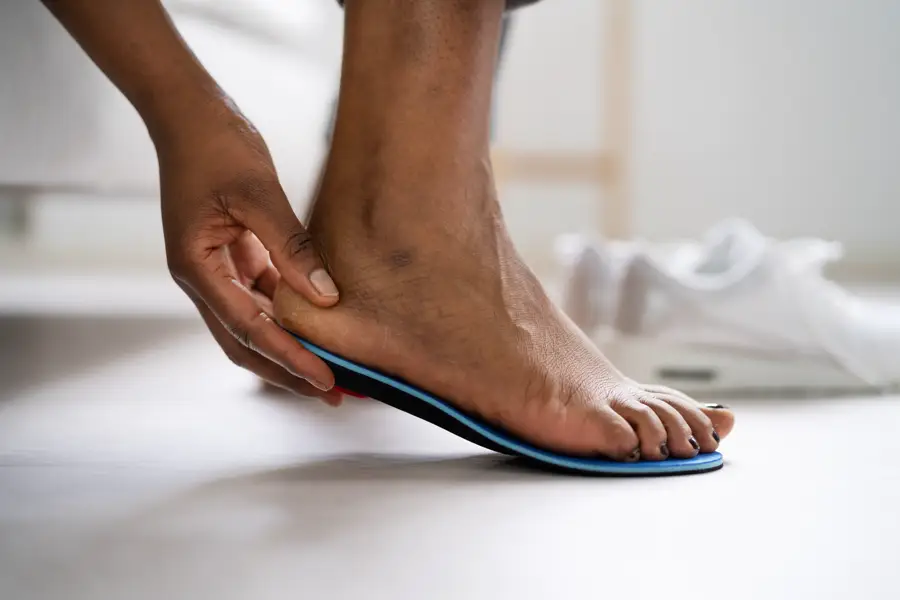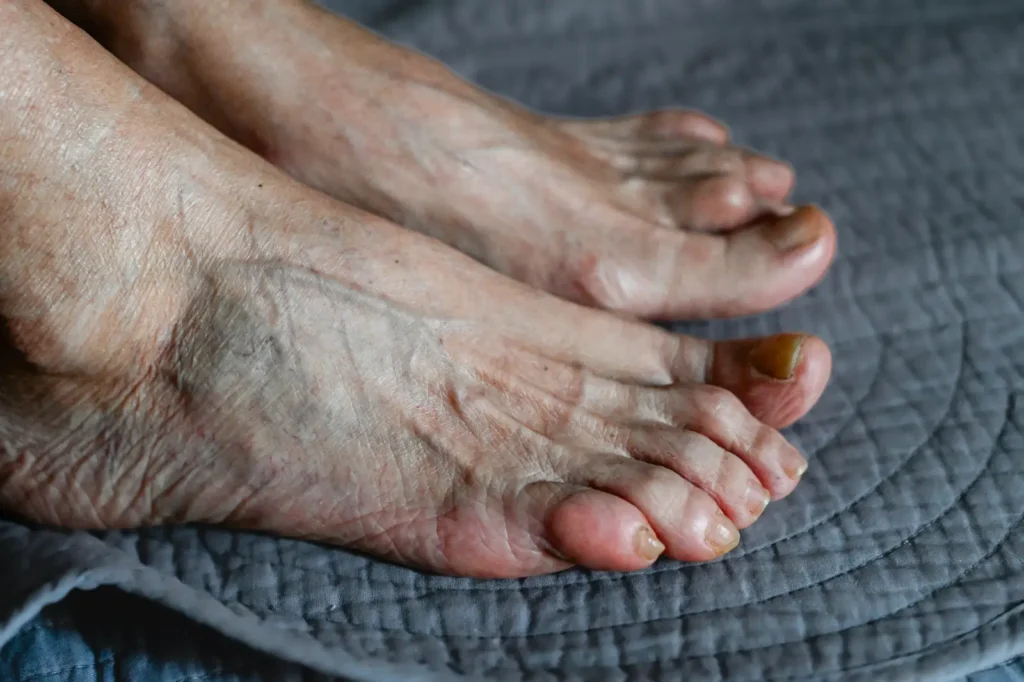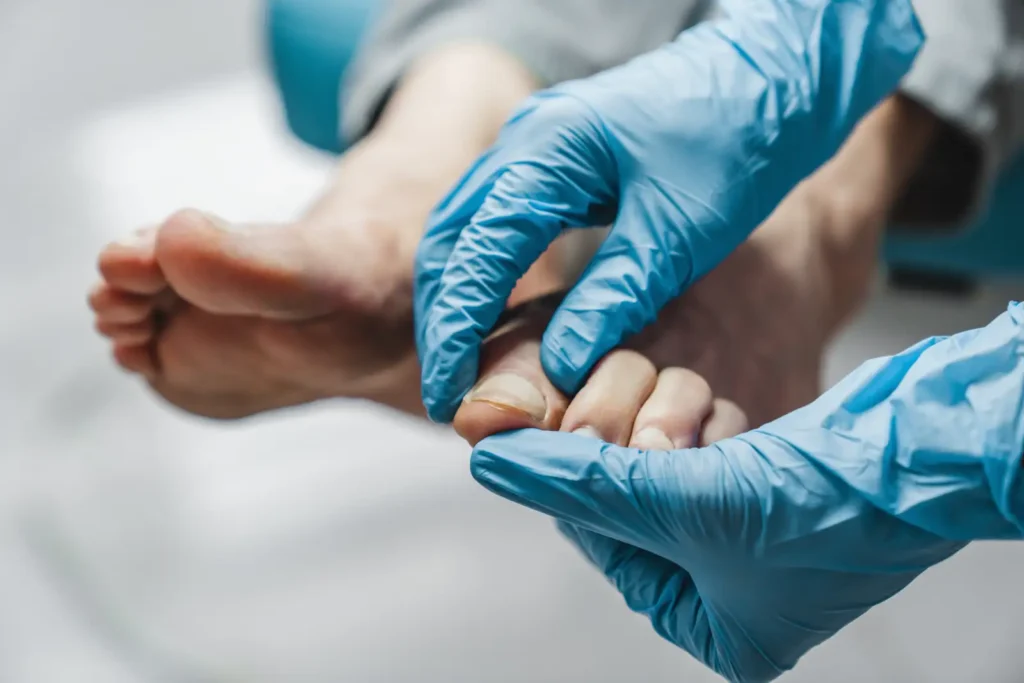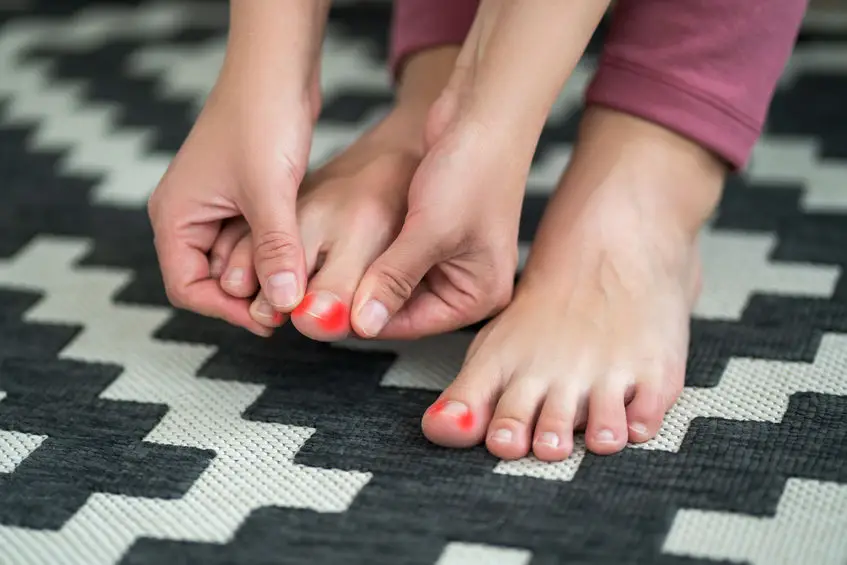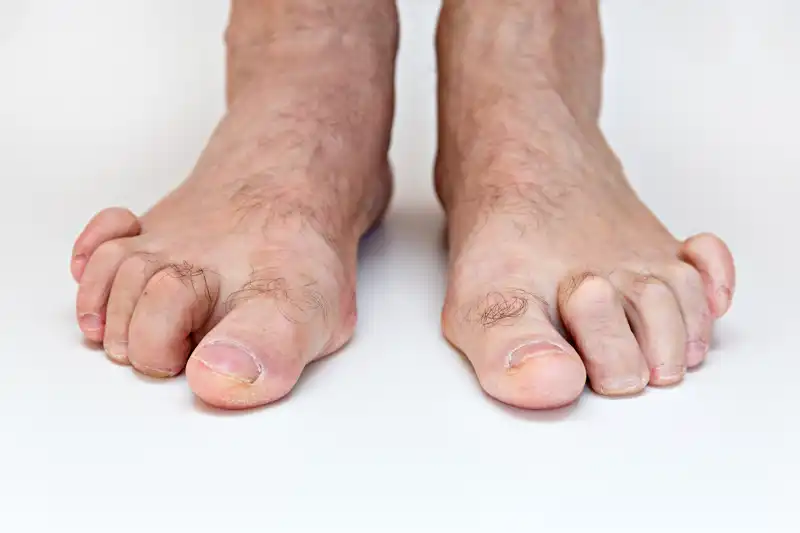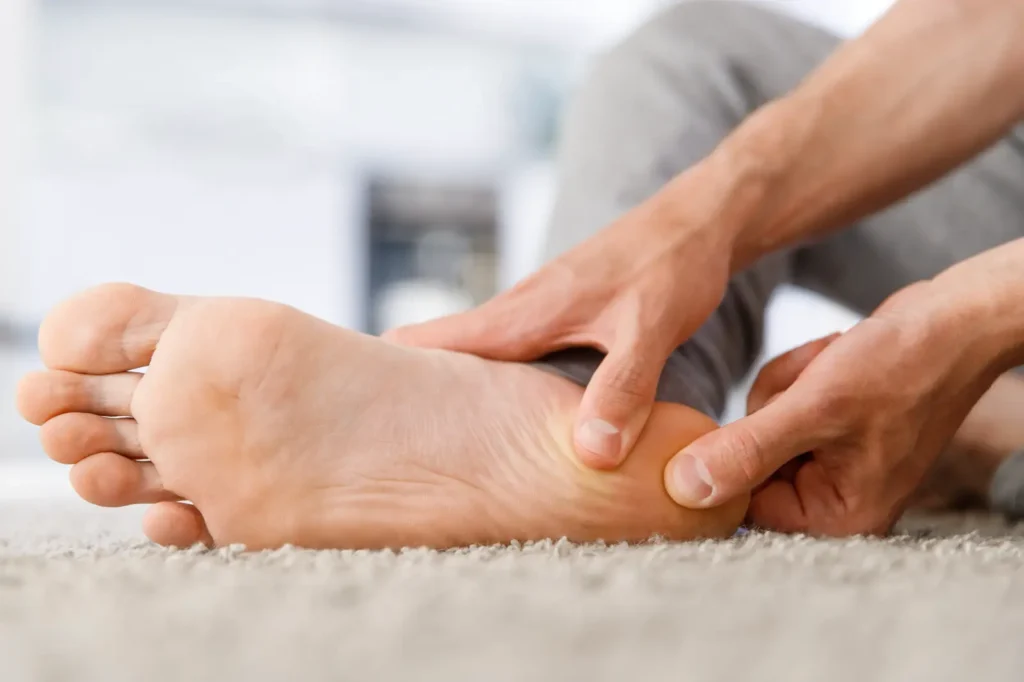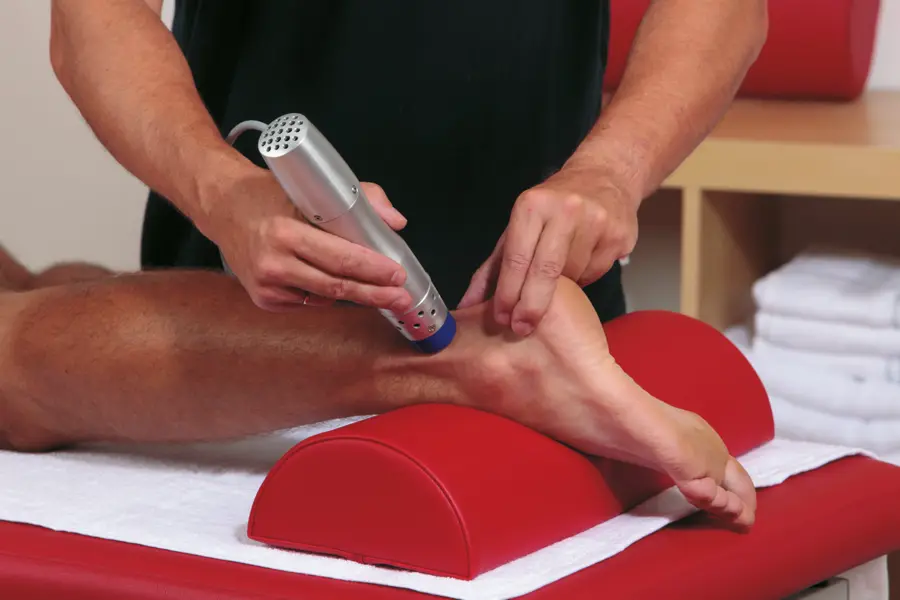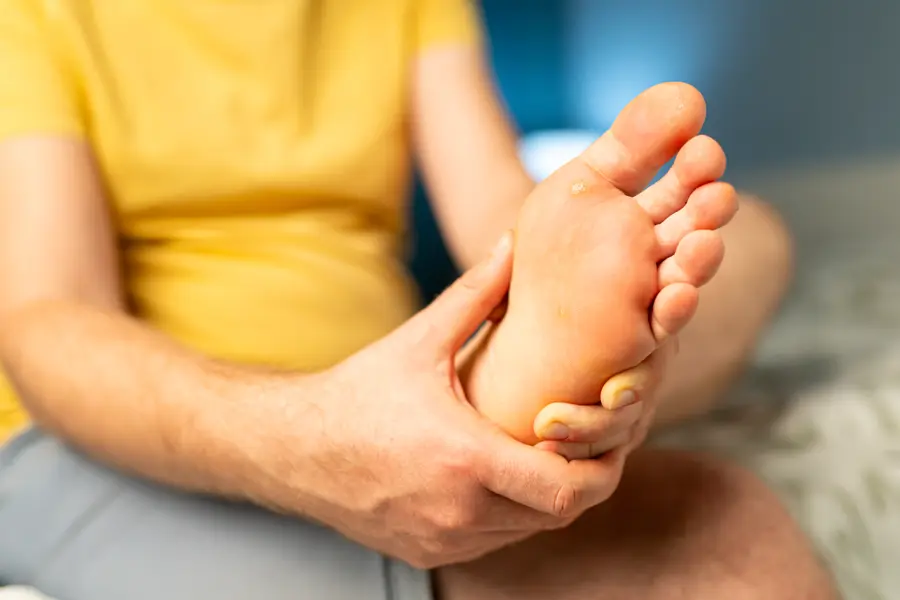Plantar Fasciitis
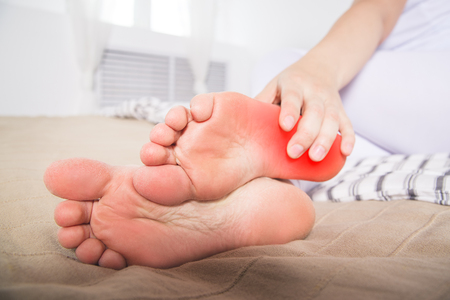

Experience expert care for plantar fasciitis with Dr. Alan J. Rosen, located in New York City.
One of the most common causes of heel pain, plantar fasciitis affects about one person in ten. Left untreated, the pain from this condition can seriously affect your mobility and enjoyment of life. Dr. Alan J. Rosen, of New York City can help you manage plantar fasciitis through several approaches, including Topaz coblation, a minimally-invasive procedure that helps your body repair itself. Call the office, located on the Upper East Side of the city, or book an appointment online.
